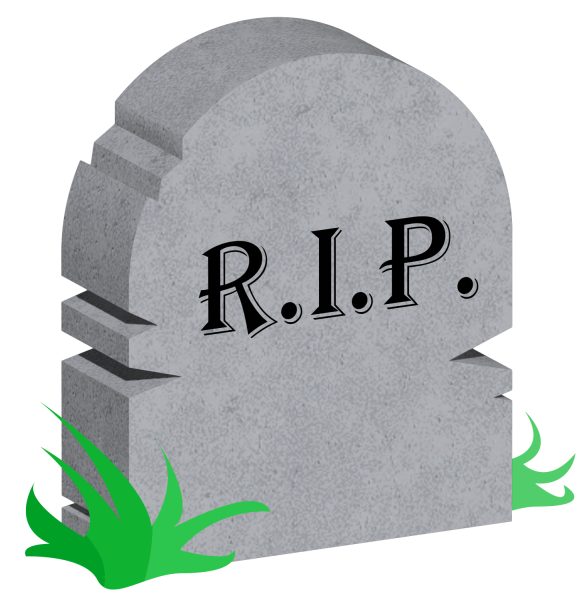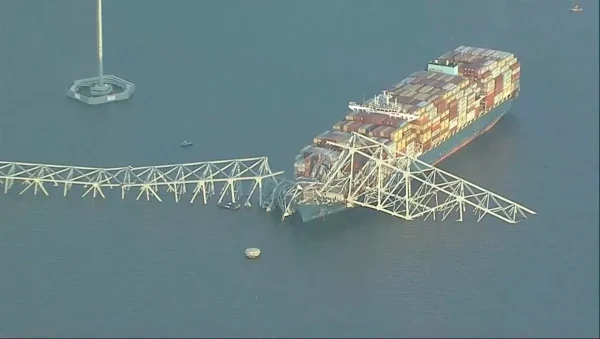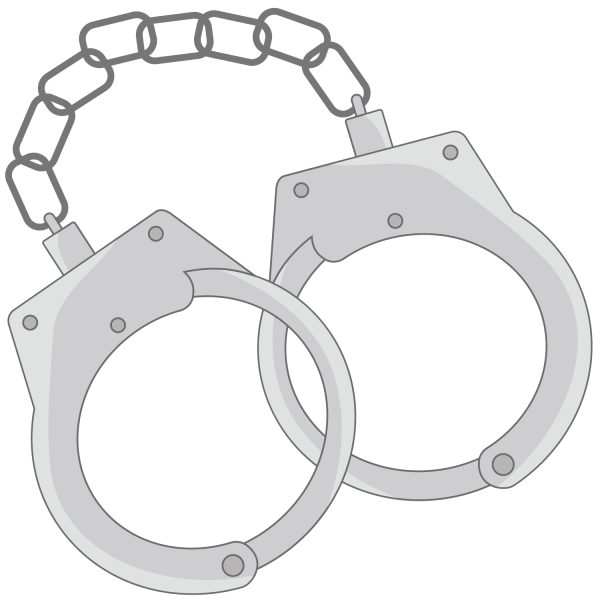Train Derailment Causes Panic
Outside the town of Palestine, OH, a 150-car Norfolk Southern train derailed while carrying 20 train cars worth of hazardous chemicals on Feb. 3. Of this lot, five cars carried the chemical vinyl chloride.
Transported in a pressurized liquid state at 8 degrees Celsius, vinyl chloride is a chemical used in the production of inert PVC plastics. Before being polymerized, vinyl chloride can pose significant health risks to individuals and to the ecosystem. Being known as a Class-1 carcinogen, it is listed as “safe” at or below 0.2 parts per billion in drinking water by the Wisconsin Department of Health Services.
The derailing has the potential to lead to catastrophic contamination of the Ohio and Mississippi rivers. Smaller waterways have already been affected for several miles, evident in the thousands of fish corpses that have floated to the water’s surface.
Each of the five cars had a capacity of 33,500 gallons. With roughly 150,000 gallons of vinyl chloride potentially contaminating rivers or seeping into groundwater, along with the possibility of explosion, authorities questioned if it should just be allowed to burn. The largest potential hazard of this has to do with vinyl chloride’s byproducts when burned. It mainly creates carbon monoxide and hydrogen chloride. Hydrogen chloride reacts to create hydrochloric acid upon contact with water. With roughly a million pounds of the chemical being set ablaze, there is a chance of it mixing with water vapor, leading to acid rain risks across the Midwest.
“The release of this much HCl into the atmosphere could certainly generate acid rain or, depending, an acidic fog. It seems unlikely that the effects would be very long-term given the single source of emission. […] I would think the event could have an effect on regions as far as a 50-mile radius (or even farther),” UW-Platteville’s own environmental chemistry professor, Dr. Ian MacKenzie said.
In the immediate area, there are reports of fish, dogs, chickens and other wildlife falling ill and dying. This is juxtaposed against the messaging of the company and local government. According to Ohio state officials, the drinking water and air quality have not yet been affected to levels unsafe for humans.
Despite this, the residents of Palestine, OH have reported a sharp chlorine or bleach smell at all hours of the day upon leaving their homes. Vinyl chloride has an odor somewhere between 300 and 10,000 parts per billion. As stated above, the chemical is considered dangerous beyond 0.2 parts per billion.
The town’s residents have been told to return to their homes despite the potential risks. However, many are questioning the company responsible for the event, Norfolk Southern, in how forthcoming they have been with vital information.
The crash happened on Friday, but it was not until the following Monday that the company revealed the presence of vinyl chloride on the train. To shirk responsibility for this disaster, it is very likely that the only people to feel the effects will inevitably be the residents rather than the people responsible.
Mechanical axle failure is the current public cause of the derailment, but it is a bit more complicated than that. There have been three train derailments in Ohio in the past month alone.
This is following the national rail strikes that nearly took place towards the end of 2022, before they were declared illegal in a bill signed by President Joe Biden on December 2. The unions that threatened to strike mostly focused on getting any amount of paid sick leave for workers, but also sought the updating of equipment and safety regulations.
In the end, at the expense of the workers, the union was broken for the sake of the economy.
There is also the matter of limited regulations related to high- hazard flammable classification. When classified as such, a train is required to travel at low speeds, be outfitted with a special braking system and have a spill response plan.
The chain of highly flammable train cars that created a fireball of carcinogenic acid was not regulated as high-hazard flammable. This is due to lobbying by the railways to limit the safety regulations in an attempt to cut operational costs. The outcome is a company disregarding the safety of the public, its workers and the environment in an attempt to save a few of its 55 billion dollars.















